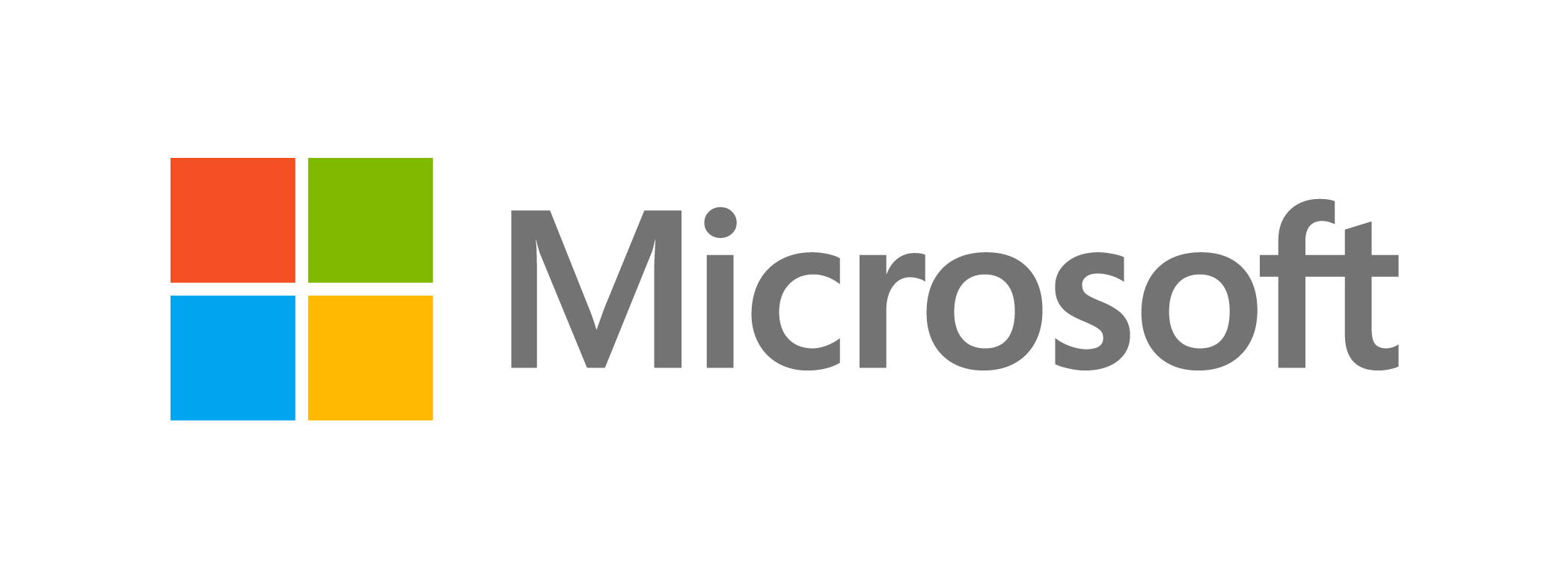Having a backup of your vital data is the one computer maintenance task that you should take seriously above all others. Lightning strikes and cryptolockers, according to Gorgi Serovski (Managing Director of Geekknowtech), are the most common types of data loss he encounters on a regular basis. Family images that were once treasured are now lost forever. Important business records, as well as the money they would have generated, vanish. It’s times like this that you’ll be glad you planned ahead and made a backup plan.
What is a backup anyway? It’s simply a 2nd copy of the original file. If the original file disappears you get the copy of the file you made earlier and put it back where it belongs. If you want to a proper backup however, you need to become familiar with the 3-2-1 rule: three copies of the data, two of which are local but on different devices and one copy off-site. The 3-2-1 rule should be your mantra if you want a backup you can trust.
Backup software is included with both Windows and Mac. It’s called Time Machine on the Mac, and File History in Windows 10. Both require data to be stored on an external hard disc or a network drive. There is also third-party software that offers more complex features. On the Mac, Carbon Copy Cloner, Arq, and Super Duper are popular. Windows users will benefit from Acronis, Veeam, and EaseUS.

External hard drives are inexpensive and convenient, but network connected storage, or NAS, is a better option for laptop users. These small boxes connect to your home network and operate as a hard drive that you don’t have to plug in to your computer because it’s always on. This prevents you from forgetting to connect your backup disc at the same time you realise you’ve accidentally erased a file or your computer crashes!
You now have two copies of the data if you enable Time Machine or File History, but the data is still on-site (which is bad if your house burns down!) Because it’s connected to your computer, they’re not really separate devices. Using cloud storage services to fill in the gaps in your 3-2-1 search is the most convenient option.
Cloud storage is finally practical for residential and small business users in Australia as more premises obtain the NBN and have access to rapid upload rates (e.g. 20mbit+). Popular cloud storage choices include OneDrive, Google Drive, Dropbox, Box, and iCloud Files. Backblaze is also a good choice because of its affordable price and wide range of backup choices.
“Depending on the sensitivity of their data, small businesses need to be cautious of how their data is stored on external servers,” Gorgi Serovski says when choosing an off-site backup location. For instance, privacy laws and the variations between local and foreign jurisdictions.”

Despite how critical our data has become in recent years, hardly everyone has a backup. There are techniques to recover data when a hard drive crashes or a critical file is erased and no backup exists. This is known as data recovery, and it can be reasonably simple (e.g., an accidental deletion that is recognised right away), expensive (e.g., a broken drive), or painfully slow, risky, and expensive, depending on the conditions of the file no longer being available (e.g: fire or flood).
Software like EaseUS and Recuva can restore accidentally deleted data if you’re quick to notice. The software doesn’t cost much and is easy to use, but only if you stop using the computer right away and can connect the disk with the missing file to another computer for retrieval. Broken hard-drives that fail (a very common experience) or damaged drives can be operated on in a clean-room by technicians, but this can cost hundreds to thousands of dollars and the process isn’t guaranteed to retrieve your data.
Smartphones are often forgotten as a device that needs to be backed up, but they hold so much important information like photos, contacts, text messages and notes. For most people, if they lost the data on their smartphone they’d be devastated! Luckily smartphones are also easy to backup.
iPhone users should enable iCloud backups immediately, so all their data is kept safe. It’s just an option in the iPhone settings. Take note, automatic daily iCloud Backups will only occur when your iPhone is on wi-fi and connected to a charger. You’ll also need to pay for extra iCloud storage space, as Apple only gives you 5GB for free. Android users can use Google Drive to back up the contents of their smartphone to the cloud. Google provides 15GB for free (which includes emails stored in Gmail), with the option to purchase more space for a monthly fee should you require it.











